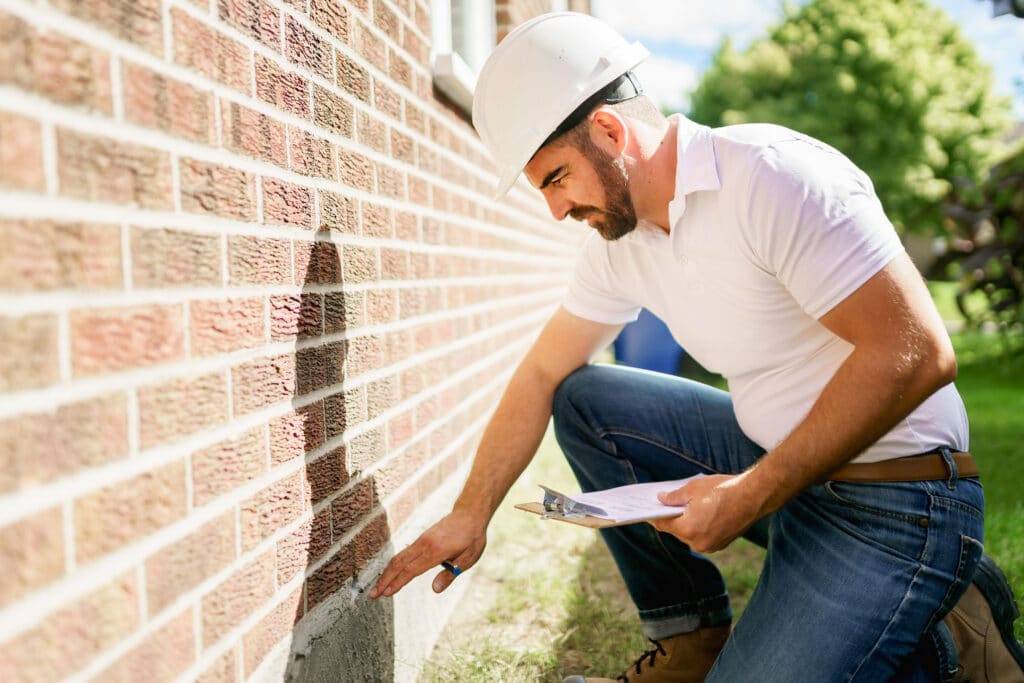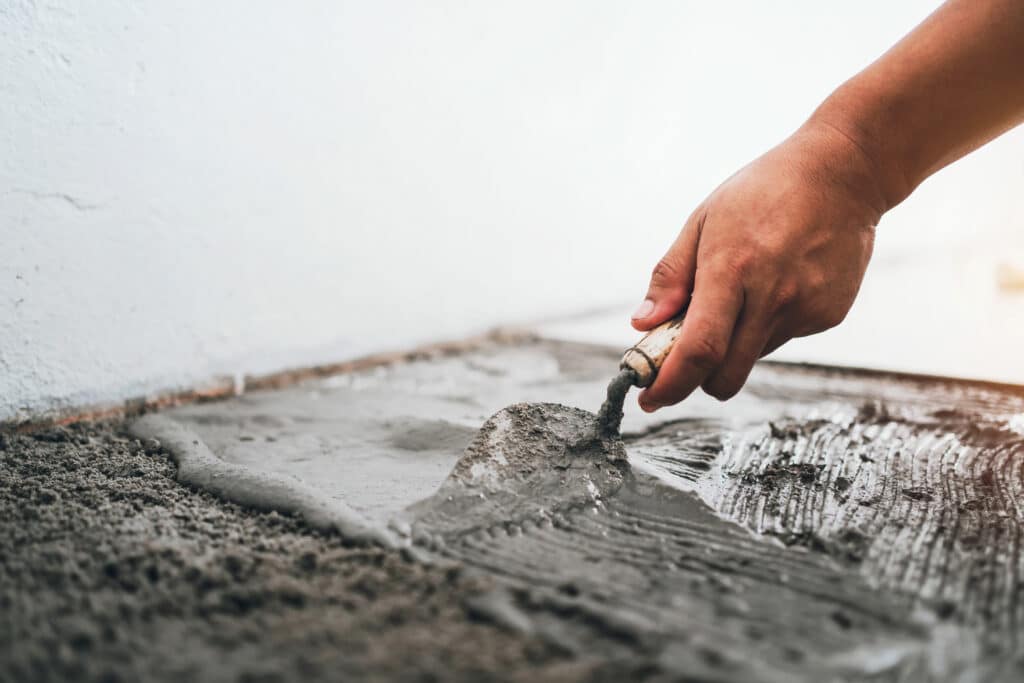Common Causes of Foundation Problems in Norfolk
Foundation issues have several possible causes. Here are the most prevalent ones for Norfolk residents:
- Aging plumbing: Norfolk has its fair share of older homes, with a median building year of 1964. Many of these properties use cast-iron plumbing. When the pipes start to erode, leaking water could reach your foundation and even pool beneath it.
- Standing water: Pooling water around your home can harm your foundation, especially when it gathers in areas your gutters don't protect.
- Improper modifications: Landscaping or roofing work that wasn't performed to standard could lead to your foundation settling.
- Soil composition: Soil with large clay or sand concentrations is highly expansive. In the heavy rainfall Norfolk experiences, the soil soaks up moisture like a sponge, then releases it in dry seasons. The constant expansion and contraction puts pressure on nearby foundations, even if the foundations keep dry.
- Tree Roots: Tree roots can enter a home's foundation through cracks, and may apply force that results in your foundation cracking, pipes rupturing, and overall structural deterioration.
How to Choose the Best Foundation Repair Company
To choose a foundation repair contractor, you should consider what's most important to you. Use this guide to help you go through the process.
Licensing and Experience
The Virginia Department of Professional and Occupational Regulation issues licenses to foundation repair companies. The license a company has determines what work it can do and what size projects it can handle. You can also get a sense of a company's experience through the information its team gives you. Inquire about its inspection methods, local codes, permit-pulling procedures, and fees.
One of the best ways to evaluate a company's reputation is to find its website. Look for the company's history and the accreditations its team holds. Many leading companies offer educational content for future customers.
Customer Reviews
We suggest looking into the company's Better Business Bureau (BBB) profile to find out whether it's accredited and has a good customer review score. You can see whether other homeowners have reported satisfaction or filed complaints. Pay special attention to what customers say about company warranties. Complaints don't mean a contractor is bad news. BBB reviews show how the company addressed complaints. It's a positive sign if the company has fixed issues proactively and favorably. You should stay away from a company with numerous negative reviews, no certifications, and no communication regarding issues.
Foundation Repair Cost in Norfolk
The price of foundation repair can differ quite significantly depending on the extent of the issues and what needs to be fixed. For minor foundation fissures and settling issues, you may pay as little as $1,700. However, if there is substantial deterioration, the typical cost is about $2,000. More complex projects requiring excavating, helical piers, or major mudjacking could cost $6,600+. See below the average foundation repair costs for common issues.
| Common Foundation Repair Services | Average Cost |
|---|---|
| Crack Repair | $256 |
| Leak Repair | $1,908 |
| Stabilization | $3,195 |
| Underpinning | $988 |
| Waterproofing | $2,092 |
Ready to Get a Quote on Your Foundation Repair Project?
Please enter a valid 5-digit zip code!
Frequently Asked Questions About Foundation Repair in Norfolk
How much does foundation repair cost in Norfolk?
What are the different types of foundations in Norfolk?
What's the time to complete a typical foundation repair job?
Are there any warranties or guarantees provided with Norfolk foundation repair services?
To share feedback or ask a question about this article, send a note to our Reviews Team at reviewsteam@thisoldhousereviews.com.
More Foundation Resources
National Foundation Repair Ranking Methodology
Sources
U.S. Census Bureau (American Communities Survey)
















